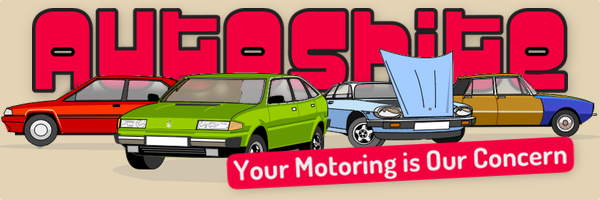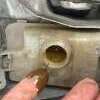Trailer Tent for a small car - home build
-
Similar Content
-
- 91 replies
- 12,676 views
-
Home-made convertibles
By Asimo,
- 1 reply
- 659 views
-
- 1,136 replies
- 126,441 views
-
RBH’s spots. Home and away. 1 2 3
By Rustybullethole,
- 84 replies
- 8,996 views
-
- 2,463 replies
- 348,801 views
-






Recommended Posts
Create an account or sign in to comment
You need to be a member in order to leave a comment
Create an account
Sign up for a new account in our community. It's easy!
Register a new accountSign in
Already have an account? Sign in here.
Sign In Now